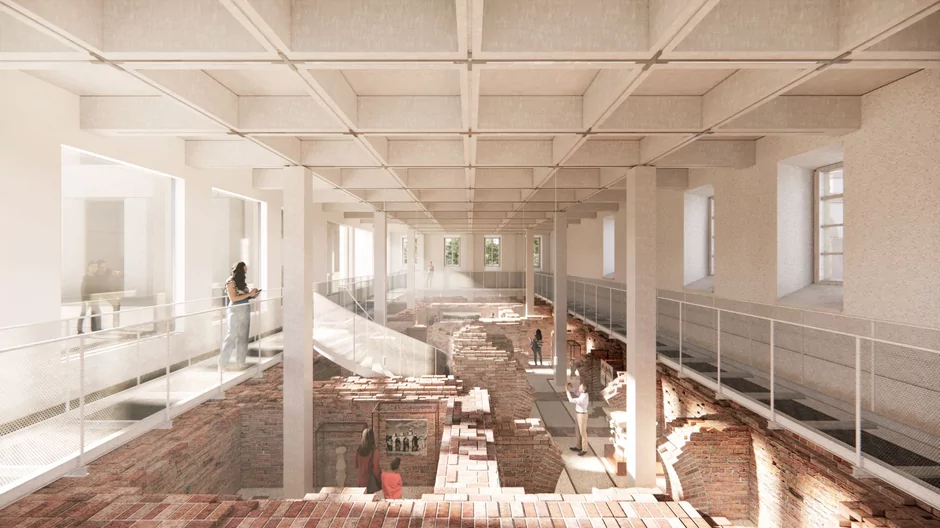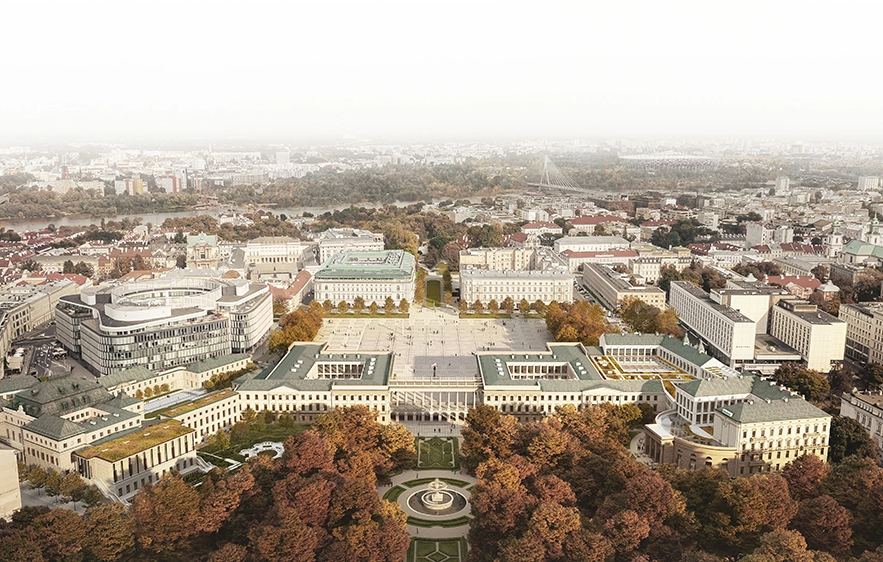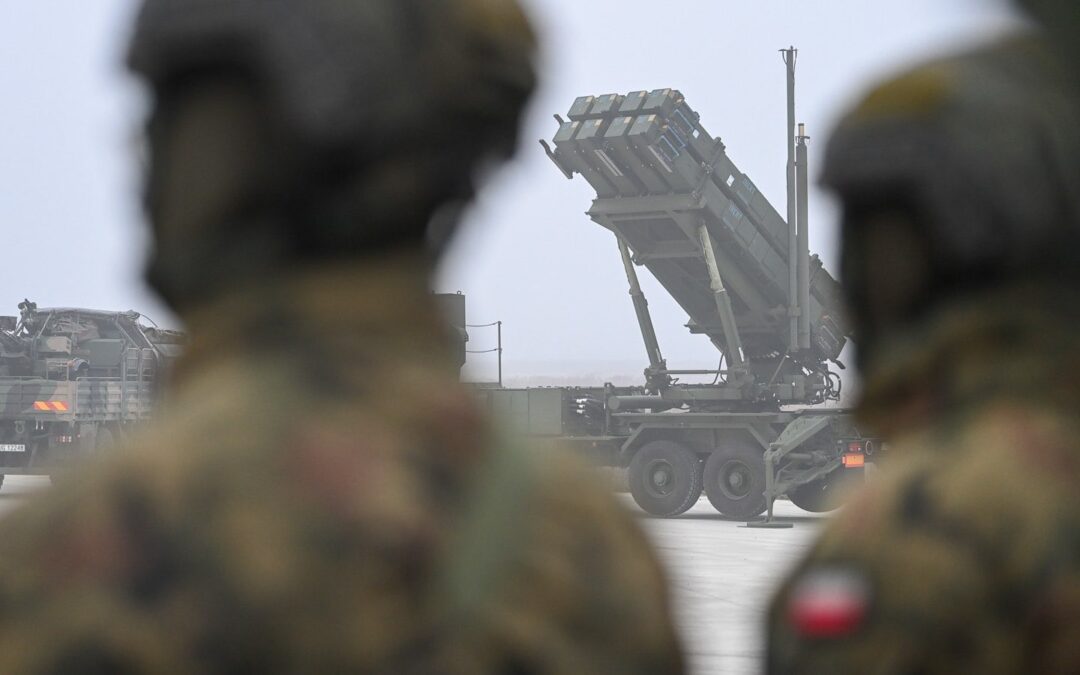Plans to rebuild the Saxon Palace (Pałac Saski), a major Warsaw landmark that was destroyed by the German occupiers along with most of the city during World War Two, have won the prestigious International Architecture Award.
It came top in the restoration and renovation category. Another Polish project, the Water Factory (Fabryka Wody) park and education centre in Szczecin, won in the sports and recreation category at the awards, which are presented by the European Centre for Architecture and Chicago Athenaeum.
The reconstruction concept of the Saxon Palace in Warsaw has won the best planned restoration/renovation award at the prestigious International Architecture Awards 2024. pic.twitter.com/TEwJtLdTUO
— Stuart Dowell (@StuartDowell_) September 20, 2024
The Saxon Palace, first built in 1666 and then remodelled in 1842, served as the seat of the General Staff of the Polish Armed Forces after World War One. Most of the palace was blown up by the German army after the 1944 Warsaw Uprising.
“Located in the historical city centre, the Saxon Palace was a symbol of pre-Second World War Warsaw and a central feature on the royal Saxon Axis, an 18th-century urban development of a representative public space with the Saxon Palace and the Saxon Garden,” wrote the competition organisers.
Around 85% of Warsaw’s buildings were damaged or destroyed during World War Two. After the war, the city’s entire Old Town was reconstructed in keeping with its previous form.
In 2021, President Andrzej Duda submitted a plan to rebuild the palace, which received support from the then Law and Justice (PiS) government. Under the plans, the reconstructed building would be used to host public offices and institutions, including the Senate.
Sorry to interrupt your reading. The article continues below.

Notes from Poland is run by a small editorial team and published by an independent, non-profit foundation that is funded through donations from our readers. We cannot do what we do without your support.
The award-winning concept for the project was created by WXCA, a Polish architectural studio. They envision restoring the palace to its form in 1939, the year that the Second World War began, using traditional materials.
The few surviving elements of the original palace – most famously the Tomb of the Unknown Soldier – would be incorporated into the rebuilt structure. On the ground flood of the rebuilt palace, the building’s original basement would be exposed for public viewing.
The neighbouring 17th-century Brühl Palace – also destroyed in the war – would likewise be reconstructed as would historic tenement houses on Królewska Street.

Current plans foresee construction work beginning in 2026 and being finished three years later, reports the Rzeczpospolita daily. Design work and archaeological research at the site are already underway. The estimated cost of the entire project is 2.5 billion zloty (€585 million).
While some figures associated with the new ruling coalition that replaced PiS in office late last year – including Warsaw mayor Rafał Trzaskowski – have expressed doubts about the project, suggesting that the money could be better spent elsewhere, so far plans have continued.
This year’s International Architecture Award also saw the recently opened Water Factory park and education centre in Szczecin, a city in northwest Poland, win in the sports and recreation category.
“The Water Factory stands as a statement of success, merging technical precision with innovative vision to create a one-of-a-kind aquatic space,” wrote the organisers.
All image credits: press materials

Daniel Tilles is editor-in-chief of Notes from Poland. He has written on Polish affairs for a wide range of publications, including Foreign Policy, POLITICO Europe, EUobserver and Dziennik Gazeta Prawna.




















